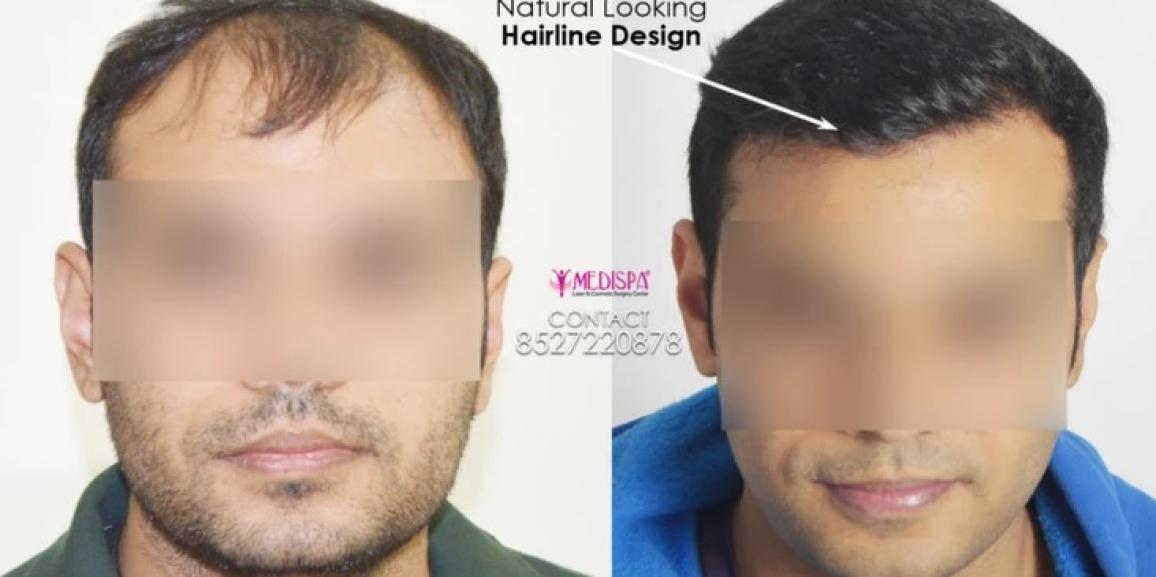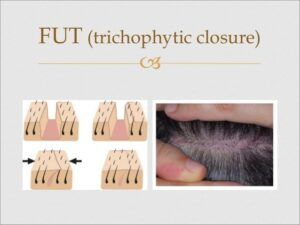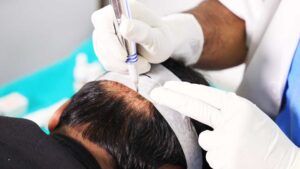
The most common method of baldness treatment to date is hair transplantation. People from all over the world prefer hair transplant in Jaipur, which has been in the spotlight in India for years. Few of the top hair transplant surgeons in the globe, who have been named among the best in the world, are located in the pink city.
The hair transplant cost in Jaipur has also decreased significantly. The high degree of clinic competitiveness and high level of industry saturation have made the process more accessible to the general public.
A popular tourist destination for hair transplants is the Medispa hair transplant clinic in Delhi and Jaipur. We provide a range of hair transplant services that are tailored to the specific requirements of each patient. We are the largest and best hair transplant team in India. We are distinctive and well-liked all around the country because of our dedication to excellence.
Do you want to choose the ideal location for your hair transplant?
You may rely on the Medispa hair transplant clinic for outstanding hair loss therapy.
Hair transplant procedure
The process of a hair transplant involves removing hair follicular grafts from the donor areas and then transplanting them into the targeted bald area. The sites with permanent or DHT-resistant hair roots are referred to as the donor area. A hair transplant process session lasts between 4 and 9 hours. The method used to do the process, the number of hair follicles present, and the severity of the baldness all affect how long the hair transplant takes.
Hair transplant techniques
The two main methods for performing hair transplants are FUE and FUT. BHT and combination approaches are other methods employed.
- FUT hair transplant is also known as the “strip technique” because it entails removing a strip or section of skin from the donor area and dissecting it further under a microscope to remove individual hair grafts. The donor area is then closed to ensure that there is little to no visible scarring after the hair transplant.
- Using a tool that resembles a punch, each hair graft is individually extracted in the FUE process. Hair grafts are removed from the skin using a punch that has been put into the skin. The targeted bald area is where these removed hair follicles are replanted.
When done individually, FUT hair transplant could harvest between 3000 and 3500 hair grafts, whilst the FUE hair transplant technique could remove between 2000 and 2500 hair grafts.
- BHT stands for body hair transplant, in which the patient’s body rather than their scalp serves as the donor site. When the density of hair grafts in the scalp area is insufficient to conceal baldness, this procedure is frequently used.
- FUT+FUE+BHT in combination technique – This procedure is frequently employed when a large number of hair transplants are required. In this procedure, about 3000–3500 hair grafts are extracted using the FUT method, while the remaining hair follicles are removed from the scalp and the BHT using the FUE method. In most circumstances, this approach is preferred to cure advanced or progressive baldness in a single session because it can produce more than 4500 hair grafts. India has a very small number of facilities that use the combined approach for hair transplant.
One of the best surgeons, Dr. Suneet Soni of the Medispa hair transplant clinic has successfully used all of the aforementioned hair transplant techniques. As a result, he has a very diverse range of experience, both in terms of the quantity and variety of patients treated as well as the techniques used.
Which is the suitable technique for the hair transplant?
The surgeon chooses the technique during the consultation phase based on his experience and a number of other criteria. A few of these factors are as follows:
- Patient sex: Because FUE requires shaving the head, it is not a possibility for female patients. Females therefore tend to favour the strip procedure or FUT hair transplant. Additionally, because female pattern baldness differs from male pattern baldness in that females lose hair uniformly across their scalps, female patients frequently require more grafts, which is why women typically favour the FUT approach.
- Baldness grade: The Norwood scale is typically used to determine baldness grade. The FUT hair transplant technique offers a higher yield of hair grafts and is therefore a preferable choice in cases of high-grade baldness. Additionally, surgeons frequently use a combined hair transplant approach in cases of very high degree baldness. FUE hair transplant procedure is suggested, but, if there is initial baldness or a case of facial hair transplant. Recently, body hair transplants have also been used by surgeons to treat high-grade baldness.
- Count of hair grafts: The FUT hair transplant process can successfully harvest between 3000 and 3500 hair grafts. 2000–2500 hair grafts might be harvested using the FUE hair transplant method. These days, patients may easily determine how many grafts they need using a hair graft calculator. Up to 4500+ hair transplants could be produced using a combination approach.
As previously stated, your surgeon bases his or her choice of hair transplant procedure on the particulars of your case. Therefore, it is crucial that you pick the correct surgeon for your hair transplant since only that person can honestly point you in the direction of the approach that will work best for you. On the other hand, one should always avoid clinics or surgeons who only employ one approach and try to apply it to every patient.







